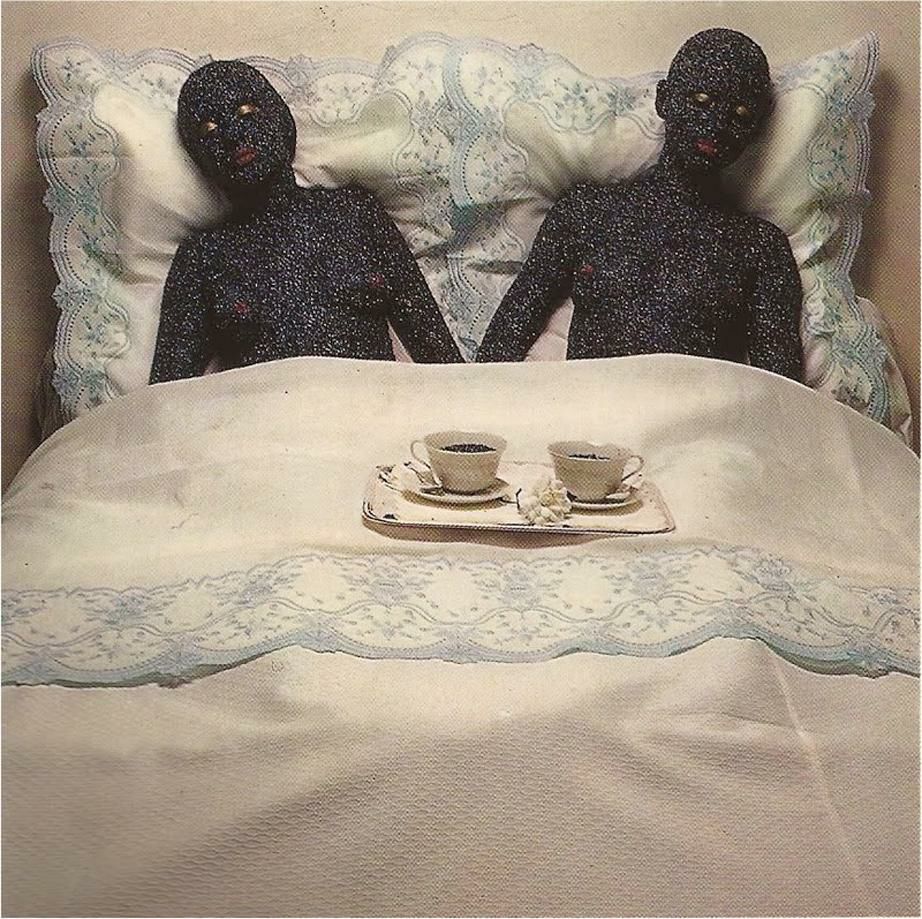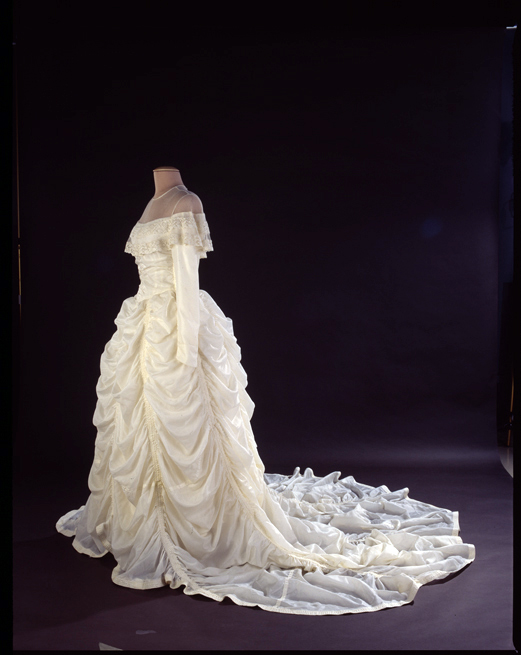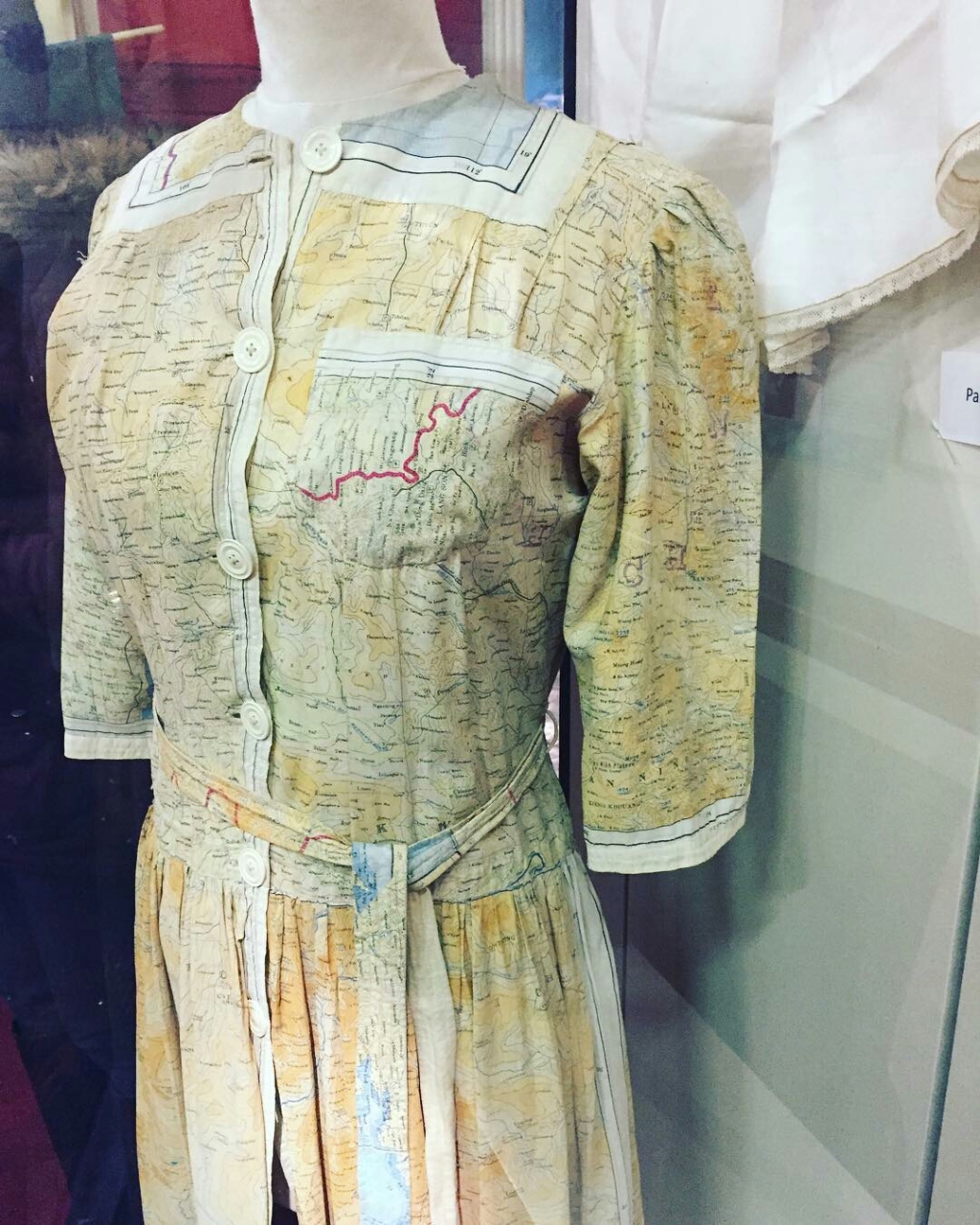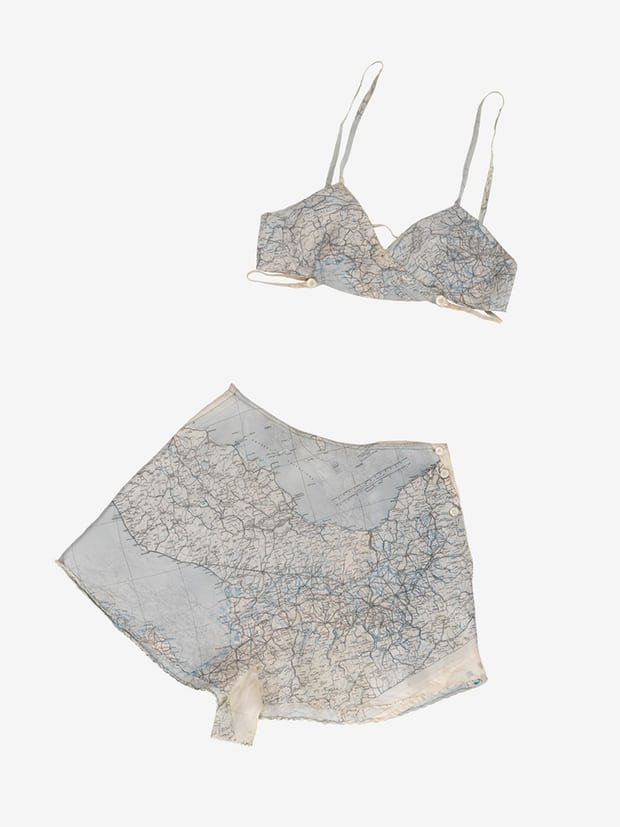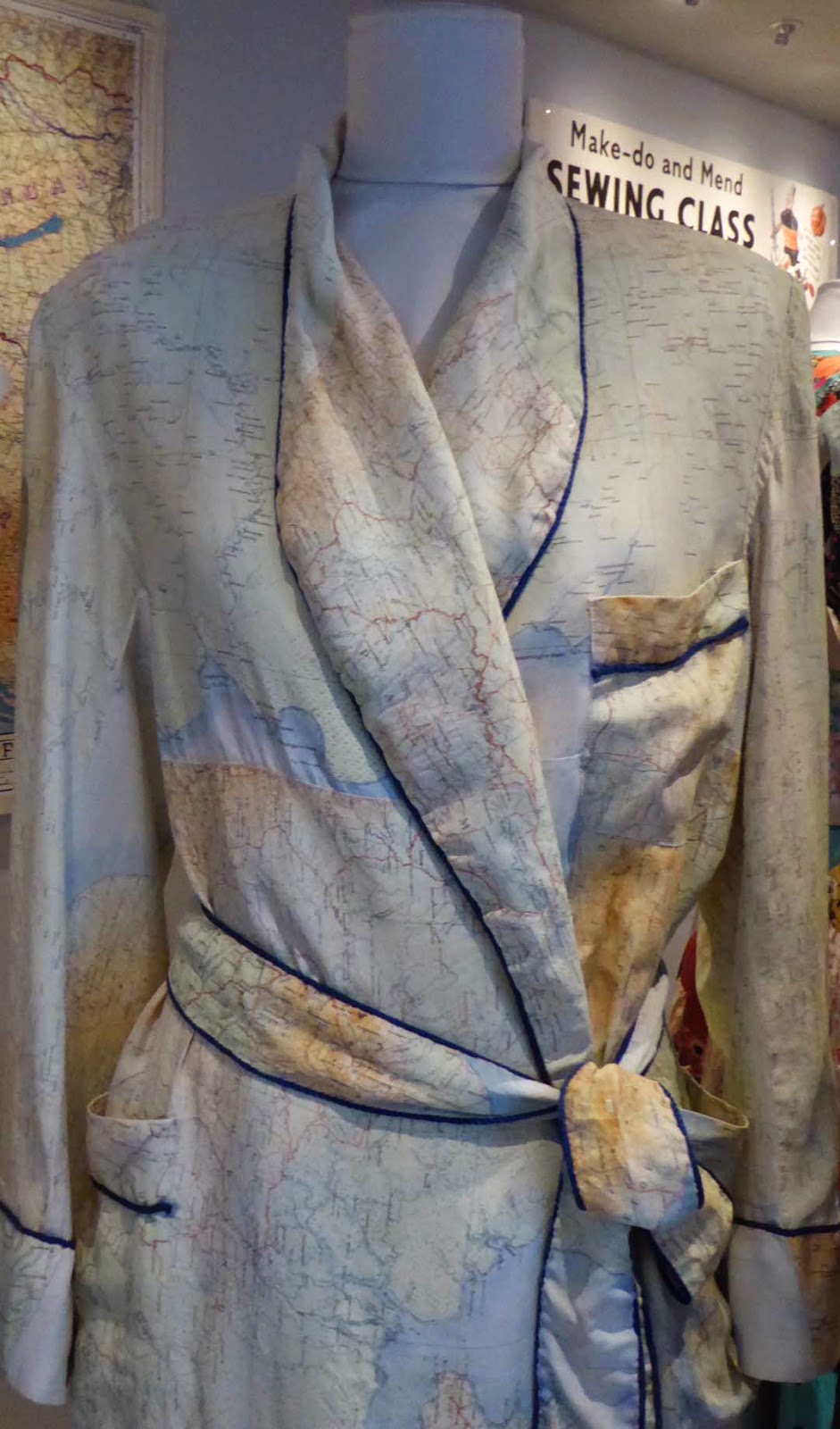(scroll down for the english version)
Senza dubbio una delle modiste più conosciute, tanto da guadagnarsi l’appellativo: “la Regina delle modiste”, tra la fine del XIX secolo e agli inizi del XX secolo. Il suo nome è sovente associato alle origini della Haute Couture. Quarta figlia di una nobildonna decaduta e di un letterato, apre la sua prima boutique a Parigi, in Avenue Matignon, nel 1865. Le sue creazioni hanno un tale successo che i suoi cappellini sono ricercato tanto quanto le creazioni di Charles Worth, Apre un’altra boutique a Parigi, al 23 di Rue de la Paix (che sarà la sua boutique più conosciuta) ed alcune a Londra e negli Stati Unitio tra la fine dell’Ottocento e l’inizio del Novecento. E’ chiamata a rappresentare la Francia all’Esposizione Universale di Parigi del 1900. Caroline Reboux è stata tra le prime ad introdurre l’uso della veletta e ad usare dei veli colorati. A lei è attributa l’invenzione del cappello a “cloche”(un cappello dalla forma a campana, generalmente realizzato in feltro, in modo da poter prendere la forma della testa, che copre quasi completamente la fronte lasciando scoperti gli occhi un po’ al di sotto dell’orlo); attribuzione che molti storici della moda ritengono errata (si tratterebbe di un’invenzione condivisa assieme ad un’altra modista francese dell’epoca, Lucy Hamar, entrambe infatti avrebbero presentato sul mercato questo modello attorno al 1914) [1]. E’ certo che alla Reboux va attribuito il gran merito di aver riportato questo cappello in auge negli anni Venti e di averne “rivoluzionato” il metodo di costruzione (appoggiava una lunghezza di feltro sulla testa della cliente, che poi ritagliava e piegava, assecondandone la forma). Ha collaborato con i grandi couturiers per cui realizzava dei modelli esclusivi (cito solo Madeliene Vionnet, di cui era una grande amica, e Christian Dior…). L’attività della Reboux continua anche dopo la sua morte, sopraggiunta nel 1927, e chiude definitivamente nel 1956. Tra le sue celebri clienti ricordiamo Marlene Dietrich (se vi recate – o se vi siete mai recati – a visitare la Deutsche Kinemathek a Berlino, noterete esposte alcune sue creazioni, appartenute all’attrice), Wallis Simpson che indossa un cappellino Reboux il giorno del suo matrimonio), etc. Presso la sua boutique si sono frmate altre eccelse modiste come Lilly Daché. Le attività di Caroline Reboux hanno chiuso i battenti nel 1956. Molte delle sue creazioni sono conservtae in numerosi musei: il Victoria and Albert Museum a Londra, Il The Metropolitan Museum of Art, New York, e il Musée de la Mode e du Textile a Parigi (la cui collezione comprende più di trecento creazioni delle Reboux).
Nota:
[1] Questa è un’ipotesi che, personalmente, trovo plausibile.
Occorre ricordarci, infatti, che presso il Museo della Paglia e dell’intreccio a Signa (Toscana) è conservato un raro e prezioso esemplare di cloche, denominato il “cappello della sovrana”, realizzato con una treccia di paglia finissima di piccolissime dimensioni. Di esemplari simili se ne ricordano altri due in particolare: uno realizzato per l’Imperatrice d’Austria Elisabetta (dopo il 1836) realizzato dalla famosa trecciaiola fiorentina Agnese Nannucci, e l’altro, acquistato nel 1857 dalla Corte toscana per la Granduchessa.
Eng.
She was a well-known Parisian milliner. The “Queen of the Milliners.”, Caroline Reboux is always associated with the origins of Haute Couture. As many of her customers, a self-made woman: she was the fourth child of an impoverished noblewoman and a man of letters. She opened a boutique at 9, Avenue Matignon, Paris, in 1865. Her designs were as much sought after as those of Charles Frederick Worth and her business was so successful that led her to the opening of her most known boutique in 23 Ru de la Paix,and few other stores in London and in the United States. Caroline Reboux was among the first milliners to add a veil to a woman’s hat (also started the trend of colored veils). She was appointed to represent Parisian commerce at the Paris World’s Fair of 1900. She is often mistakenly credited as the “inventor” of the cloche hat, although millinery historians would agree that French milliner Lucy Hamar must share in that, (both milliners introduced this style sometimes around the year 1914). However, we have to give her credit for designing the iconic, unstructured, felt cloche “helmet” hat which first appeared in the 1920s; she would create the hat by placing a length of felt on a customer’s head and then cutting and folding it to shape. Caroline Reboux worked with most of the major fashion designers of Europe and provided women hats for their design collections (Madeleine Vionnet, who became one of her closest friends, anch Christian Dior…). Even after her death, in 1927, the boutiques were busy; Marlene Dietrich was one of her faithful customers ( at the Deutsche Kinemathek film museum of Berlin, there are shown some of her creations, worn by the actrress), Wallis Simpson wore a Reboux halo hat at her wedding to the former King of England, on June 3, 1937. Many famous milliners were trained by her, such as Lilly Daché.
The business finally closed its doors in 1956.
Caroline Reboux creations are preserved in museums worldwide such as the Victoria and Albert Museum, the Metropolitan Museum of Art, and the Musée de la Mode e du Textile in Paris.
Questo slideshow richiede JavaScript.




